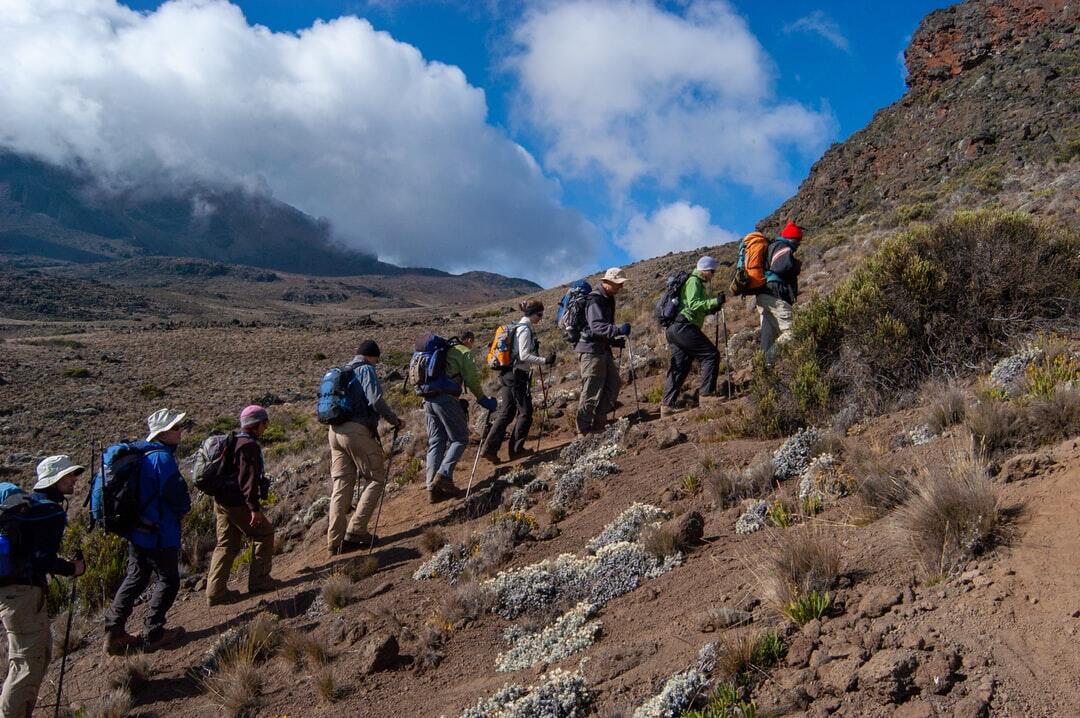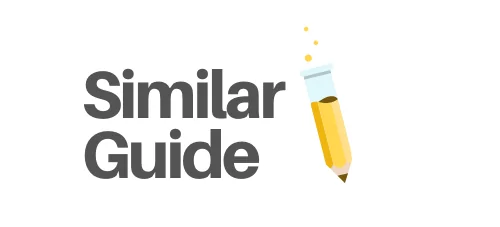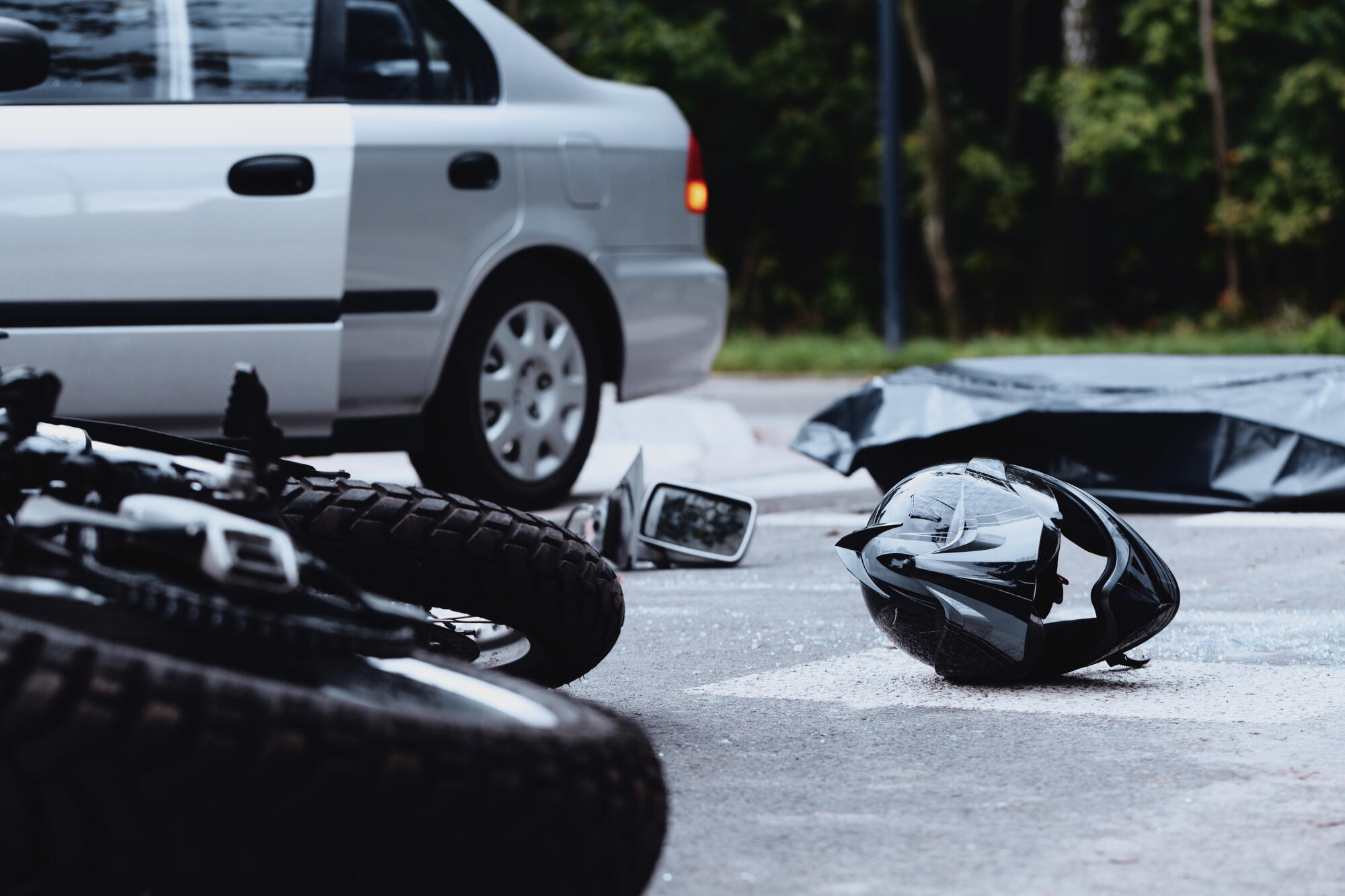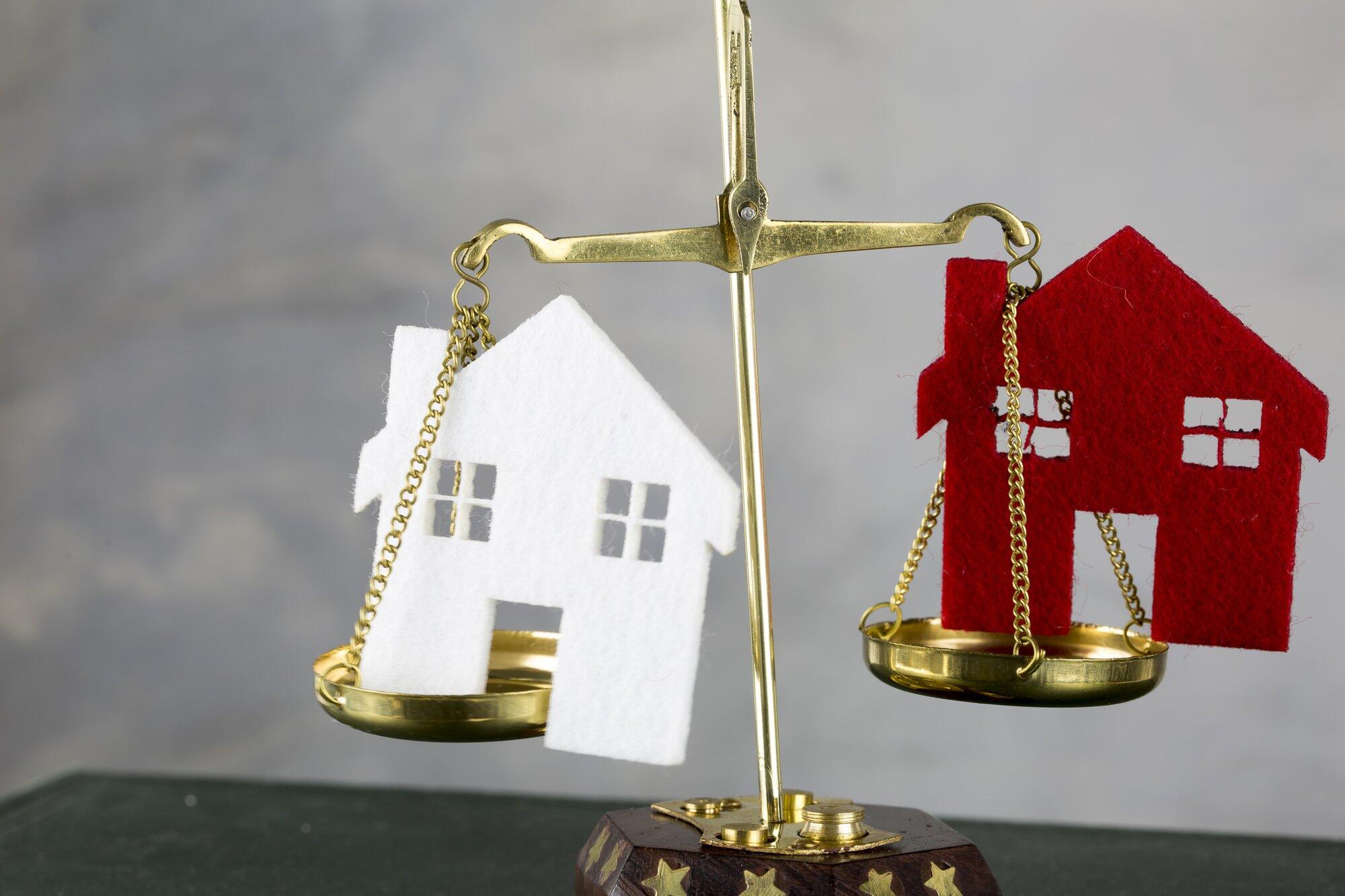
Kilimanjaro, located in Tanzania, is the highest mountain in Africa and one of the world’s most iconic peaks, attracting thousands of hikers each year. It is a challenging but rewarding trek that requires careful planning to ensure a successful summit attempt.
One of the most important factors to consider when planning your Kilimanjaro hike is choosing the best time to go. While you can hike Kilimanjaro any time of the year, certain months offer better weather conditions and fewer crowds.
In this guide, we will discuss the top factors to consider when planning the best time to hike Kilimanjaro.
Weather and Climatic Conditions
Weather is a crucial factor to consider when planning your Kilimanjaro trek. The mountain has its own microclimate, varying greatly from the surrounding areas. Generally, there are two main seasons on Kilimanjaro – dry and wet.
Dry Season
The dry season runs from June to October, with clear skies and little rainfall. This makes it the most popular time to hike.
The temperatures are also warmer and more stable during these months, with an average of 15-20°C at the mountain’s base and -5-5°C at the summit. The drier conditions also make for better visibility. This is important as you will want to enjoy the stunning views along the way and from the summit.
Wet Season
The wet season runs from November to May. It is characterized by heavy rains and colder temperatures. This can make hiking more challenging and increase the risk of altitude sickness.
Oxygen levels are also lower during this time, making it harder to acclimatize. However, it is worth noting that the precipitation occurs in the afternoons and evenings. This means if you are a morning person, you can still enjoy clear skies and pleasant hikes.
It is important to note that even during the dry season, Kilimanjaro experiences some rain and snow at higher altitudes. Therefore, it is essential to pack appropriate gear for all weather conditions.
Peak Seasons and Crowds
Peak seasons on Kilimanjaro coincide with the dry seasons, typically from late June to early October and from late December to early March. This is when the weather is most favorable for trekking, resulting in more hikers on the trails. While the sense of camaraderie can be enjoyable, the crowds can also lead to a more congested experience with limited privacy in the campsites.
When choosing a time to summit Kilimanjaro during these peak periods, it may be worth considering to select route that is less traveled. This can provide a less crowded and more intimate experience on the mountain.
Alternatively, consider shoulder seasons, which fall between the peak and low seasons. They offer a balance between good weather conditions and fewer crowds. These months include May, June, and November.
Experience Level
Your experience level is a decisive factor in choosing when to climb Kilimanjaro. Beginners are advised to plan their trek during the dryer, more stable months of January to mid-March and June to October. Climbing during these periods can alleviate some of the stress associated with high-altitude trekking, thanks to the more predictable weather.
Experienced climbers comfortable with variable conditions might consider the off-peak seasons to avoid crowds and enjoy a more secluded climb. However, they must be well-prepared for the challenges of wetter and potentially colder conditions. They should also prepare for less predictable weather patterns, which can add complexity to the climb.
Budget Considerations
When budgeting for your Kilimanjaro expedition, it’s vital to account for various costs that fluctuate throughout the year. Due to high demand, peak climbing seasons often see a spike in prices for:
- Tour packages
- Permits
- Accommodations
Engaging a reputable tour company typically includes services such as guides, porters, park fees, and meals. They can become more expensive during the busiest months.
For those willing to encounter less-than-ideal weather conditions, climbing during the wet season could mean benefiting from off-peak pricing. This can result in substantial savings on the overall cost of the trip. However, remember that the potential need for additional waterproof gear and the greater physical challenge of wetter routes could offset some of these savings.
It’s essential to factor in all potential expenses, including:
- Gear
- Vaccinations
- Travel Insurance
- Flights
Ultimately, a thoughtful balance of cost, comfort, and climate can help determine the most suitable and affordable time for your Kilimanjaro adventure.
Availability and Booking
Kilimanjaro is a popular destination and permits for climbing are limited to preserve the mountain’s natural resources. As such, booking your trip well in advance is crucial to securing your mountain spot.
During peak seasons, permits sell out quickly, sometimes months in advance. You may have to reserve your spot at least a year before your intended hike.
On the other hand, shoulder and off-peak seasons tend to have more availability. It may require shorter lead times for booking.
It’s essential to plan ahead, especially if you have a specific date or time frame in mind for your Kilimanjaro trek. Consider checking with tour companies and permit offices beforehand. Determine the availability during your preferred time of travel.
Personal Preferences
Ultimately, the best time to climb Kilimanjaro depends on your preferences and priorities. Some hikers may prioritize weather conditions and go during the dry seasons. Meanwhile, others may prefer a quieter trek and opt for the shoulder months or off-peak seasons.
Similarly, some climbers may want to avoid potential crowds and costs by planning their trip during the slower months. Others may prioritize the challenge of hiking in less favorable weather conditions.
No matter your preferences, it is essential to thoroughly research and consider all factors before deciding on a date for your Kilimanjaro trek. This will ensure you have the best possible experience. It’ll also increase your chances of a successful summit attempt.
Exploring the Considerations for the Best Time to Hike Kilimanjaro
There are several critical factors to consider when planning the best time to hike Kilimanjaro. From weather conditions to peak season crowds, choosing a time that aligns with your experience level and preferences is crucial. With proper research and preparation, you can make your Kilimanjaro hike an unforgettable experience.
Now, it’s time to start planning and embark on this epic adventure! Book your trip today and conquer the tallest peak in Africa!
Looking for more hiking tips and inspiration? Check out our blog for more articles on outdoor adventures.




